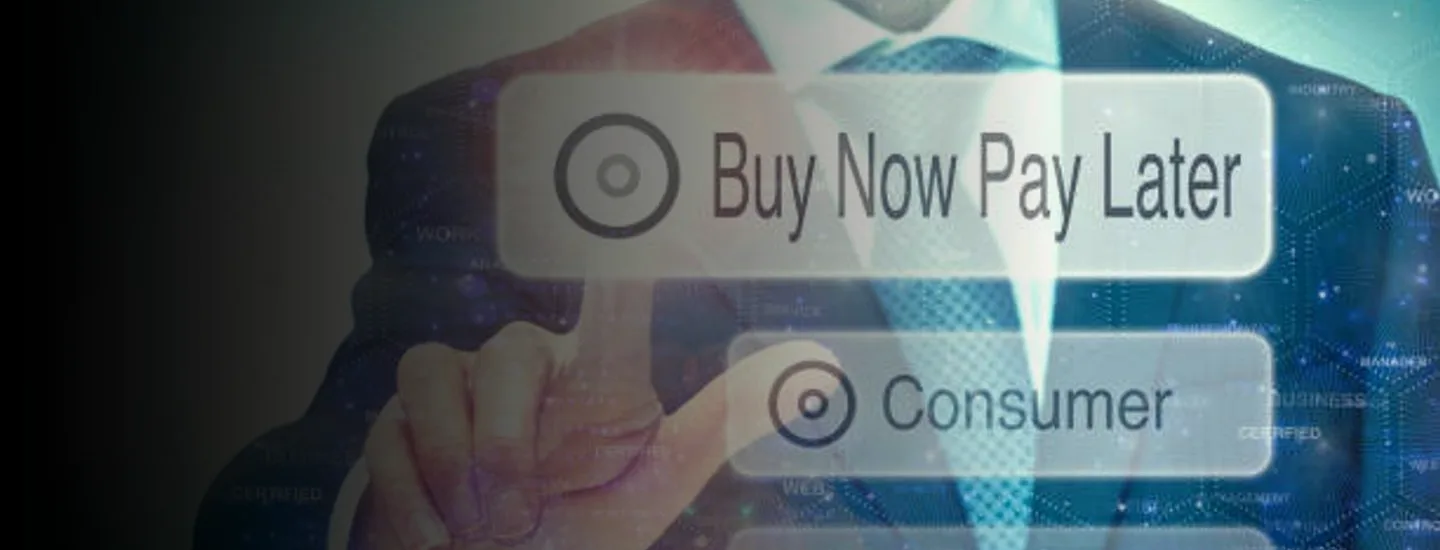A recent report in The Guardian drew attention to the increasingly popular buy now, pay later market. According to the article, by the start of October in UK, £5.79bn had been spent using BNPL this year, with £4.1bn of this still outstanding to pay. Globally more than $70bn was spent via this payment mechanic in 2020, and the market is expected to hit $75bn in the US alone in 2022.
Regulators around the world have their eyes firmly fixed on this phenomenon, which has seen steady growth explode exponentially as a result of the pandemic and shifting consumer purchasing preferences. HM Treasury has recently launched a consultation on the sector, citing the heightened risk of ‘consumer detriment’ in the model, while the Australian Finance Industry Association issued a BNPL “Code of Practice” in March 2020. The Consumer Financial Protection Bureau (CFPB), a regulator of non-banks in the USA also published a cautionary article in July this year to advise consumers of the potential pitfalls of this payment method.
This poses a number of interesting questions and more than a few concerns. Is this the dawning of a new era in personal finance? Are we teetering on the brink of a consumer credit crisis? And what could or should regulators do to provide more protection to consumers?
On the face of it, things look positive for the BNPL market. Seemingly uninhibited by established credit-worthiness requirements and now seemingly ubiquitous on e-commerce sites, they have grown immensely over the last year, despite some companies, such as Klarna, having been around for more than 15 years. And why not? Consumers love the accessibility that enables them to spread the cost of everything from consumer durables to luxury fashion over multiple interest-free payments. There is little to no friction in terms of use. It’s a credit model built for the self-centric consumer who now demands a level of product access, price, service and experience that suits their specific needs. Retail is a sector which shares its customers’ enthusiasm for BNPL: increased conversion and a greater basket value for sales are two obviously attractive aspects of allowing customers to split their payments in this way.
Traditional finance moves to mitigate changing consumer preferences
However, the explosion of use during the pandemic and growing concerns about financially vulnerable consumers has put the BNPL sector firmly in the sights of regulators. In the post-pandemic age of building back better, levelling up and heightened focus on social responsibility among businesses, this threatens significant disruption on the consumer side. And, for the non-bank BNPL companies themselves, what risk could they begin to pose to the economy as they take on ever-increasing levels of credit risk? With next-to-no regulation – yet – and no central bank support, how might credit markets be impacted in a downturn if some of the major players were to fail?
Now that the market for BNPL has been proven to be attractive by numerous fintechs globally, traditional financial institutions are starting to enter the space. This is likely an effort to boost their breadth of service to customers and mitigate the sizeable shift away from accessing credit by traditional means - outstanding credit card debt in the UK was down 7.3% to £54.1bn in the year to July 2021 according to UK finance. MasterCard and Visa have established the capabilities across the card value chain for card issuers to offer BNPL options to cardholders at the merchant point of sale on a scaled basis, in contrast to the merchant-by-merchant deal negotiations that fintechs have had to pursue thus far.
Issuers would be wise to provide flexible options to cardholders to prevent losing them to fintechs altogether. For their part, the fintech BNPL players would be wise to leverage the scale offered by the card networks, strike partnerships with major marketplaces such as eBay, Amazon, and Etsy, and implement improved credit risk assessment tools.
These BNPL players will need to balance the availability of credit with greater rigour. Failure to do so will only attract the most robust of regulatory responses. While the responsibility ultimately lies with consumers, regulators will want to see thorough attempts to mitigate this risk. They have shown increasing paternalism towards consumers and, in an age of widespread fiscal naivety, the onus will be placed firmly on the BNPL businesses to avoid potential problems.



